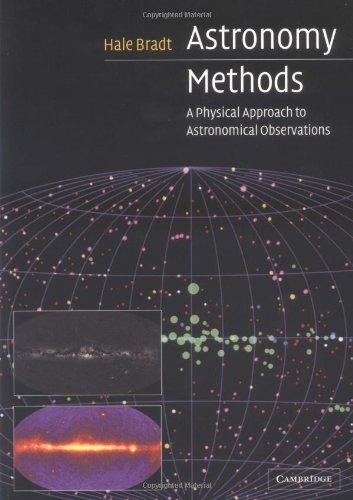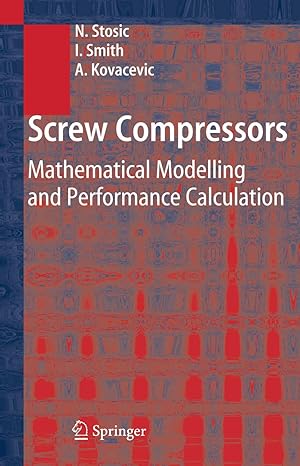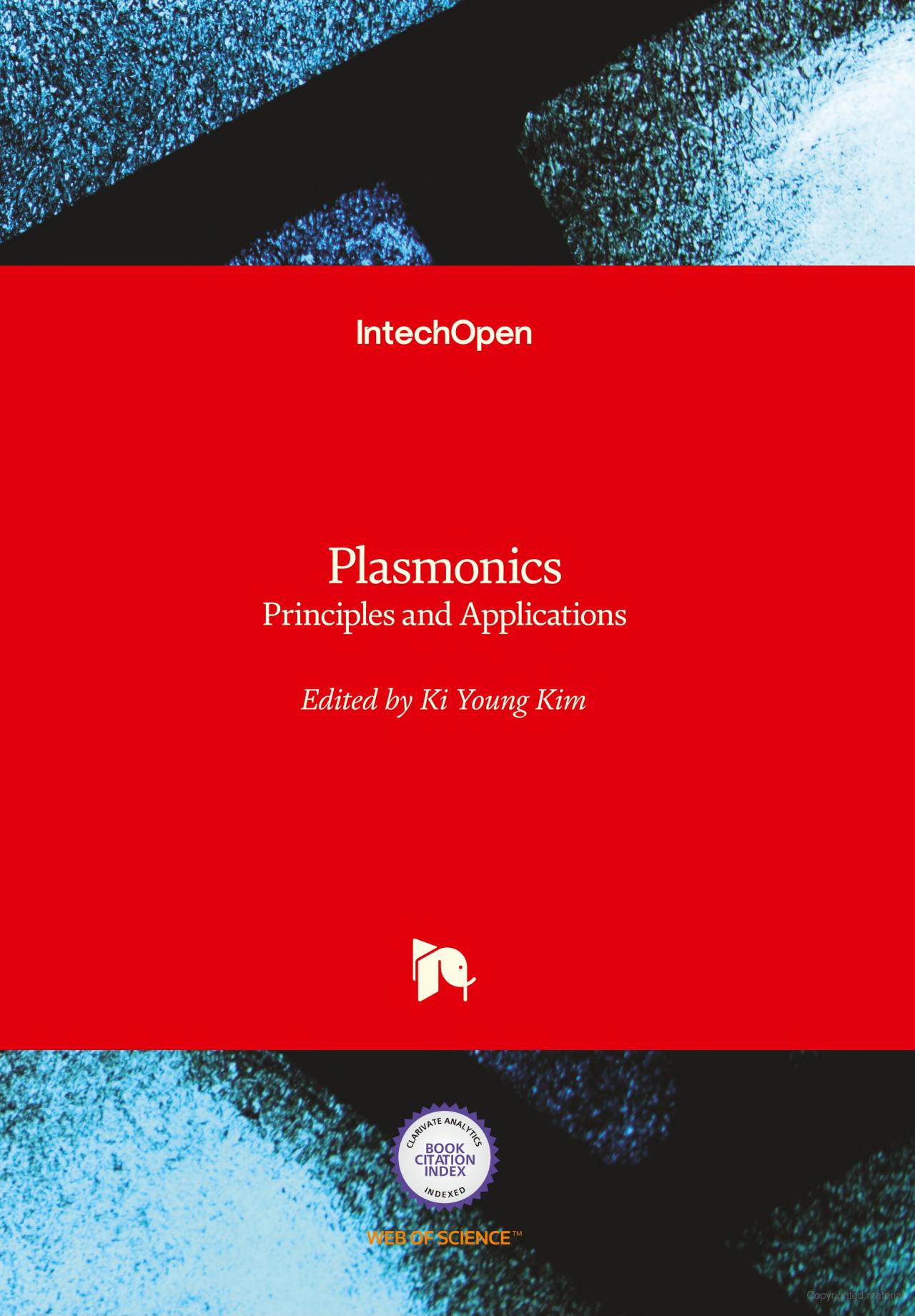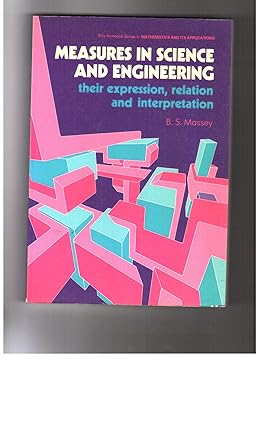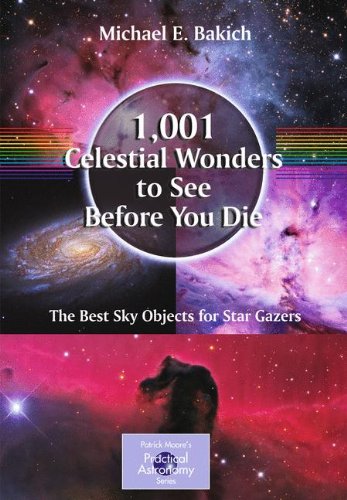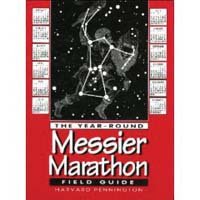Celestial measurements reaching back 3000 years or more were carried out in many cultures worldwide. Early astronomers in Greece deduced important conclusions about the nature of the earth and the solar system. Modern astronomy began in the renaissance with the observations of Tycho Brahe and Galileo and the theoretical work of Kepler and Newton. The progress of our knowledge of the sky may be traced through a series of major discoveries which often follow the development of new technologies such as the telescope, computers, and space observatories. Astronomy is now carried out across the entire electromagnetic spectrum from the radio to the gamma ray (see cover illustrations) as well as with cosmic rays, neutrinos, and gravitational waves. The mutual dependence of theory and observation has led to major advances in the understanding of a wide diversity of celestial objects such as stars, supernova remnants, galaxies, and the universe itself. Current observations reveal important phenomena that are not understood. The promise of new fundamental discoveries remains high.
چکیده فارسی
اندازهگیریهای آسمانی به 3000 سال یا بیشتر در بسیاری از فرهنگها در سراسر جهان انجام شد. ستاره شناسان اولیه در یونان نتایج مهمی در مورد ماهیت زمین و منظومه شمسی استنباط کردند. نجوم مدرن در رنسانس با مشاهدات تیکو براهه و گالیله و کارهای نظری کپلر و نیوتن آغاز شد. پیشرفت دانش ما از آسمان ممکن است از طریق یک سری اکتشافات بزرگ که اغلب به دنبال توسعه فناوری های جدید مانند تلسکوپ، کامپیوتر و رصدخانه های فضایی است، ردیابی شود. نجوم در حال حاضر در سراسر طیف الکترومغناطیسی از رادیو تا پرتو گاما (به تصاویر جلد مراجعه کنید) و همچنین با پرتوهای کیهانی، نوترینوها و امواج گرانشی انجام می شود. وابستگی متقابل نظریه و رصد منجر به پیشرفتهای عمده در درک تنوع گستردهای از اجرام آسمانی مانند ستارگان، بقایای ابرنواخترها، کهکشانها و خود کیهان شده است. مشاهدات کنونی پدیده های مهمی را نشان می دهد که قابل درک نیستند. وعده اکتشافات بنیادی جدید همچنان زیاد است.
ادامه ...
بستن ...
